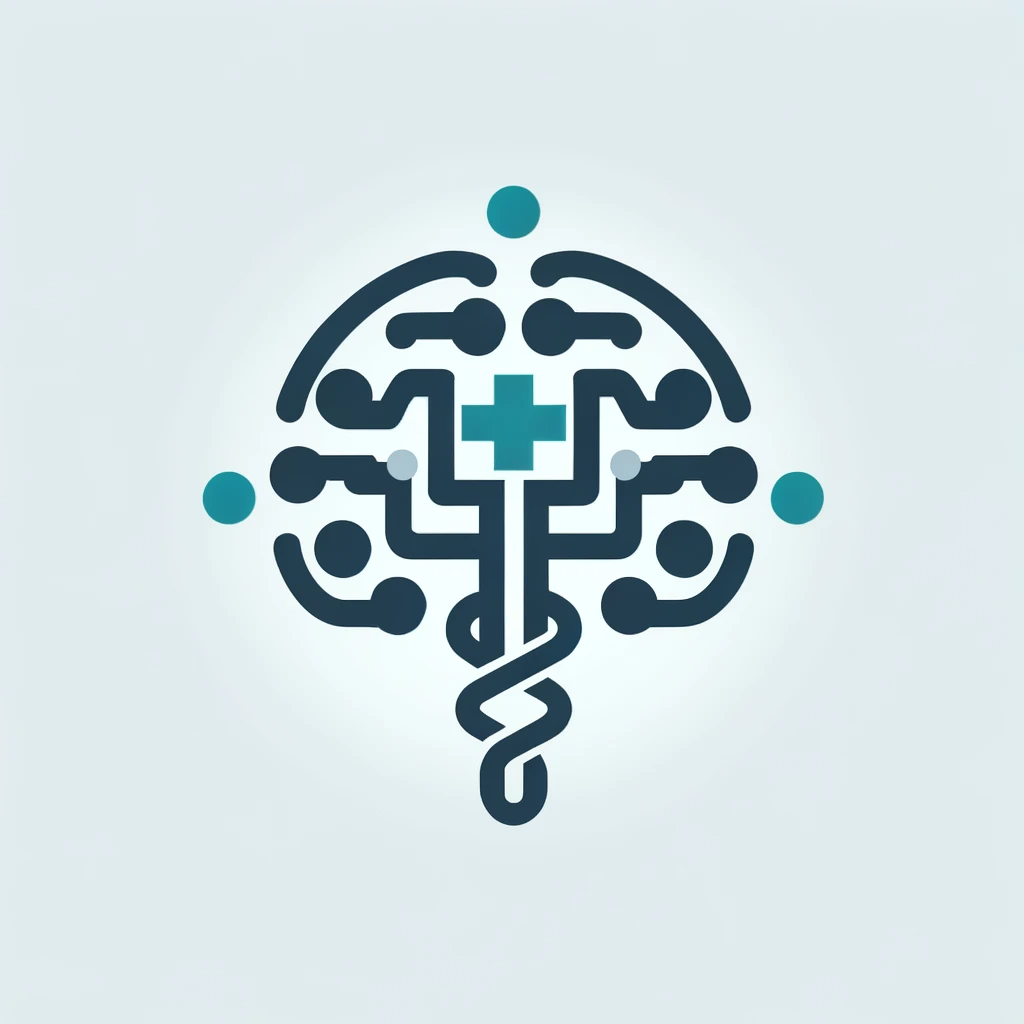The recent introduction of the “Advanced Data Analysis” feature in ChatGPT-4 (paid version) marks a significant advancement in generative AI. This innovative tool, formerly known as the “code interpreter,” is a boon for professionals engaged in research, hospital statistics, or epidemiology, providing them with a resource for conducting complex data analysis with just a few text prompts.
Understanding the Advanced Data Analysis Feature
The Advanced Data Analysis is particularly beneficial for users who may not have extensive programming expertise but require data analysis. In addition to performing calculations and sophisticated analyses, it can also generate code for the most common programming languages used in research, like Python and R. This can be unlocked with subscription to ChatGPT+.
Practical Applications in Research and Epidemiology
- Epidemiological Data Analysis: Epidemiologists can use this feature to analyze trends in disease outbreaks, vaccination rates, or public health data. For instance, generating a code in Python to analyze the correlation between vaccination rates and the decrease in infection rates in a particular region.
- Hospital Statistics: Healthcare professionals, including physicians, can employ this feature for analyzing patient data, understanding patterns in disease prevalence, or evaluating treatment outcomes. A practical example would be analyzing hospital admission rates and their correlation with seasonal illnesses.
- Clinical Research: Researchers can utilize this tool to process and analyze clinical trial data, evaluate drug efficacy, or explore genetic data correlations.
Prompting for Analysis
It is very easy. Here is a quick guide:
- First, check the file. Ideally, the labels of each variable should use words that you want to appear in the final analysis.
- Upload the file (in almost any format) into the chatbot. You can either drag the file to the chatbot window or click the “paperclip” icon in the chatbot to upload it.
- Engineer your prompt to get the output that you want/need. Be specific. If you are not sure, you can try asking it to run an analysis and see what it comes up with.
Tip: if you want a guide for each step, ask the chatbot to provide explanation for each step.
Prompt:
Perform linear regression on this dataset. Show your calculations and explanations.
Source of data: https://www.kaggle.com/datasets/japondo/simple-linear-regression?resource=download

Generating Code with Step-by-Step Explanations
A standout feature of ChatGPT-4’s Advanced Data Analysis is its ability to generate code in popular programming languages like Python and R, complete with explanations for each step. This is incredibly useful for educational purposes or for users who are learning these languages. For example, generating a Python script to perform a linear regression analysis on a dataset, with explanations for each line of code, helps the user not only achieve their immediate analytical goal but also understand the process behind it.
Using the same dataset above, I ask for this:
Prompt: can you generate a Python code for it?

Caution and Verification
As the Advanced Data Analysis feature is still in its beta phase, users are advised to verify the output for accuracy. This is crucial in fields like healthcare and epidemiology, where data accuracy is paramount. Users should cross-check the results with standard statistical software or consult with a data analyst if necessary.
Conclusion
ChatGPT-4’s Advanced Data Analysis feature stands as a remarkable development in the field of AI-assisted data analysis. Its ability to simplify complex data tasks and generate explanatory code is unparalleled among large language models. However, the importance of cautious application and result verification cannot be overstated.

Leave a comment